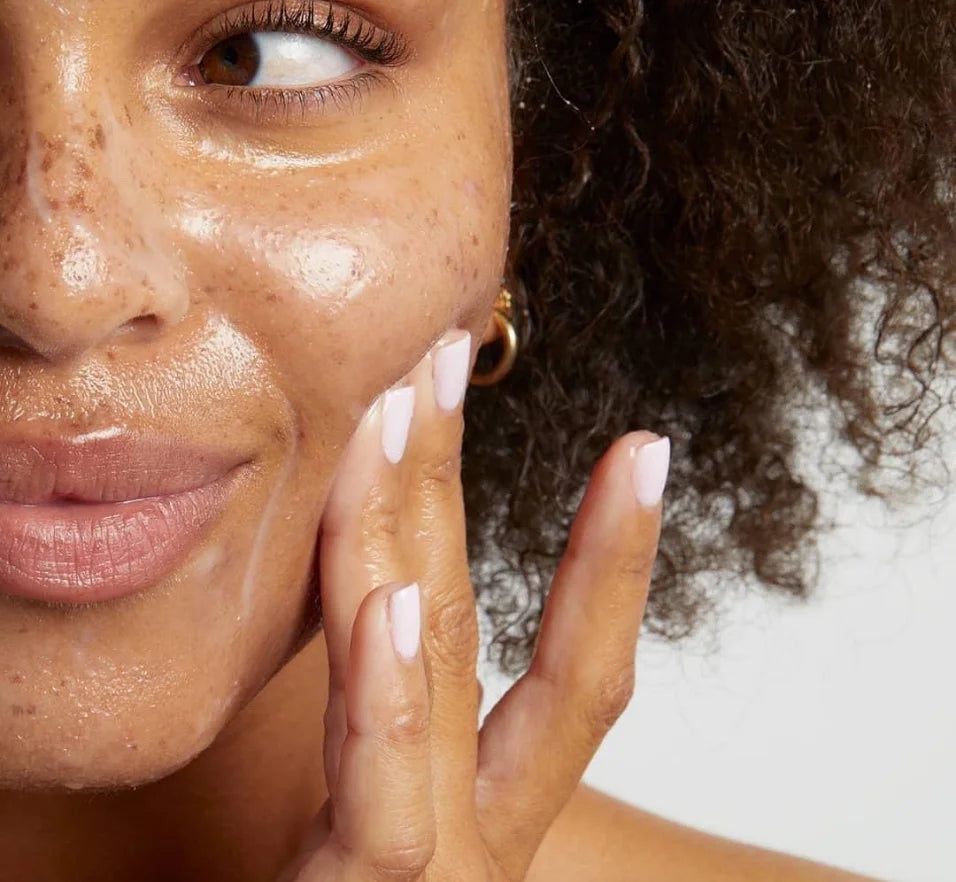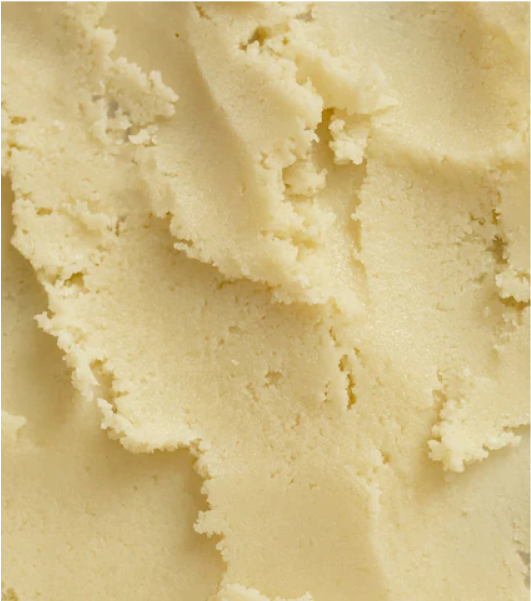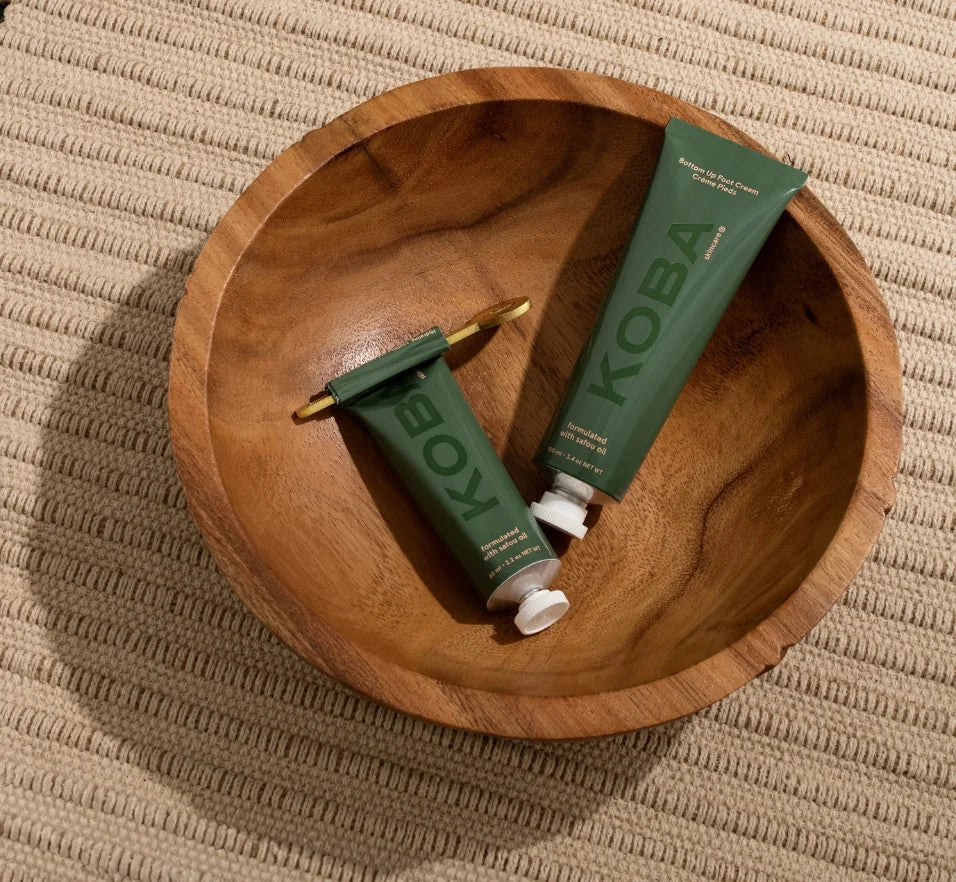
Tout ce que vous devez savoir sur les peaux noires et brunes
PUBLIÉ LE 22 March 2023
La peau humaine présente une large gamme de tons et de couleurs, que l'on peut observer dans un large éventail de populations démographiques. Il s'agit d'un facteur important à prendre en compte lorsqu'il s'agit de soins de la peau, car les différentes couleurs de peau nécessitent différents types de soins afin de conserver une peau saine et éclatante. Cet article examine l'impact de la couleur de la peau sur les soins de la peau.
Bien que de nombreux facteurs influencent la couleur de la peau, le pigment de la mélanine est de loin le plus important.
Commençons par quelques définitions.
Qu'est-ce que l'épiderme ?
L'épiderme est la partie superficielle de la peau. Il est constitué d'une superposition de quatre couches cellulaires. Sa partie basale, agent actif de la régénération cellulaire, est principalement constituée de deux types de cellules, les kératinocytes et les mélanocytes.
Qu'est-ce qu'un mélanocyte ?
Les mélanocytes sont les cellules qui produisent la mélanine, principal déterminant de la couleur de la peau chez les personnes à la peau foncée.
Que sont les mélanosomes ?
Les mélanosomes sont les organites, petites structures différenciées délimitées par une membrane, à l'intérieur des mélanocytes qui créent, déposent et transmettent le pigment mélanique.
Quel est l'impact de la couleur de la peau sur la structure de la peau ?
1- La couleur de la peau affecte la position des mélanosomes dans l'épiderme et donc sa structure. Dans les peaux foncées, ils sont concentrés et répartis uniformément sur la couche basale, tandis que les mélanosomes se décomposent plus rapidement dans les peaux blanches.
2- Le pH optimal pour la synthèse de la mélanine est de 6,8, ce dont les mélanosomes de la peau noire se rapprochent, tandis que les mélanosomes de la peau blanche ont un pH plus acide.
3- Les différentes réponses au vieillissement de la peau ont été mises en relation avec les différences de structure épidermique entre les couleurs de peau.
4- Il n'y a pas de différence d'épaisseur perceptible entre la peau blanche et la peau noire, mais la peau noire possède plus de cornéocytes dans la couche cornée, ce qui implique une couche plus dense et plus compacte.
Quelles sont les spécificités de la peau noire et de la peau brune ?
- Les peaux noires et brunes présentent un risque élevé de carence en vitamine D en raison d'une production accrue de mélanine protégeant des UV, ce qui limite l'absorption de cette vitamine essentielle. Cela peut entraîner une déshydratation et un aspect terne de la peau.
- Les tons de peau plus profonds perdent leurs cellules 2,5 fois plus rapidement que les tons plus clairs (desquamation), ce qui entraîne
1. Un aspect plus terne lorsque les cellules mortes restent à la surface de la peau.
2. Une surproduction d'huiles naturelles pour contrer les effets de la déshydratation, entraînant une peau sujette à l'acné.
- Les traumatismes cutanés (boutons, piqûres d'insectes, changements hormonaux...) peuvent déclencher une surcharge des cellules mélanocytaires, entraînant une surproduction de mélanine qui peut conduire à une hyperpigmentation, une décoloration persistante et donner un teint inégal.
- La peau riche en mélanine est faite pour s'épanouir dans des environnements chauds et humides. Dans les climats plus froids, le renouvellement cellulaire peut être ralenti et altéré, la peau devient moins compacte, plus fragile, sensible, déshydratée, avec une accumulation de cellules mortes à la surface.
- Les rides et ridules sont beaucoup moins fréquentes chez les peaux foncées grâce aux mélanocytes qui aident à la transmission de la mélanine et à sa protection inhérente contre les rayons UV qui endommagent le collagène. Le vieillissement des peaux foncées peut se manifester par une perte de volume du visage et par des changements de texture. (augmentation de la taille des pores, texture plus rugueuse de la peau, hyperpigmentation et taches solaires supplémentaires).
Maintenant que vous savez tout sur les peaux noires et brunes, vous pouvez créer une routine adaptée à la nature de votre peau.








